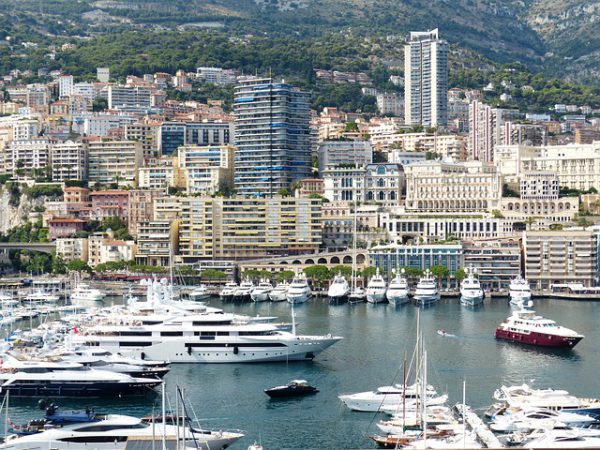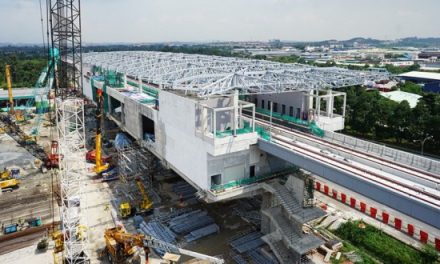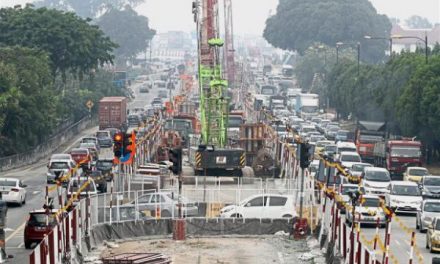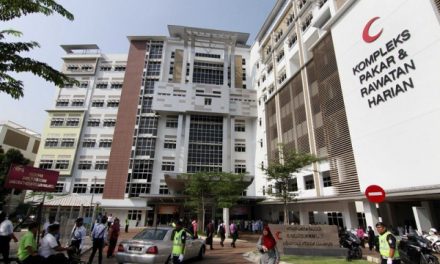Number of ultra-wealthy Malaysians rise 11%
The number of ultra-wealthy Malaysians rose 11% to 310 last year, up from 280 in 2016. Ultra-wealthy individuals are those with US$50 million (RM193.35 million) or more in net assets. The report also predicted the super-rich population in Malaysia would jump 65% to 510 people from 2017 to 2022. The strengthening of the ringgit versus the US dollar by 15% last year was the main contributor to the rise of the super-rich population in the country. e-commerce and manufacturing sectors, which continued to perform well last year, contributed along with the new sectors like financial technology to create new wealth in the country. The world’s ultra-wealthy population increased 10% (11,630 individuals) to 129,730 people last year, with Asia surpassing Europe as the key hub for the super-rich. (NST Online)
Two consortia selected for KL-Singapore HSR civil works
MyHSR Corporation Sdn Bhd has completed its project delivery partner (PDP) tender and has selected two consortia to assist with the Kuala Lumpur-Singapore High Speed Rail (KL-SG HSR) project’s civil works portion. The Malaysian Resources Corporation Bhd-Gamuda Bhd consortium has been selected for the northern portion of the alignment while the Syarikat Pembenaan Yeoh Tiong Lay Sdn Bhd-TH Properties Sdn Bhd consortium (YTL-THP) has been selected for the southern portion of the KL-SG HSR project alignment. The PDPs will be responsible for designing and delivering the civil works for the KL-SG HSR project at an agreed cost and schedule. (The Star Online)
Knight Frank: Malaysian investors eye UK, Australia, Singapore property
Malaysian investors are increasingly looking to invest in mature markets like the UK, Australia and Singapore, according to Knight Frank’s latest The Wealth Report. In addition to traditional property sectors such as residential, office, retail and hotels, they are also diversifying into purpose built student accommodation. Student accommodation over the last five years has been the star performer for UK property, where increasing student numbers and a structural under supply have driven rental growth and occupancy. Malaysians are targeting city fringe locations that have connectivity and linked to rail, as well as high yield assets in east London. (NST Online)
Rehda: Overhang still serious among higher end properties
An oversupply of properties is still a major cause for concern in Malaysia, especially for higher end developments within the price range of RM500,000 to RM1 million. Rehda president Datuk Seri Fateh Iskandar Mohamed Mansor said 45% of unsold residential and commercial properties in 2H17 were in that price range, compared to 31% in 1H17. Most of these units were located in Johor, followed by Selangor, and Negri Sembilan. Properties between RM1 million and RM2.5 million made up 20% of the total overhang. (Malay Mail Online)
KL luxury home values drop 0.7% in PIRI 100 for 2017
Political uncertainties and a subdued market have caused luxury home values to dip by 0.7%, according to the Prime International Residential Index (PIRI) 100, which is part of the 12th The Wealth Report by Knight Frank. The PIRI 100 tracks the movement of luxury residential prices in the world’s top 100 cities and second home markets. Guangzhou takes the top spot with an annual price change of 27.4%, followed by Cape Town (19.9%) and Aspen (19%). Australasia remains the top-performing region for the third consecutive year, with an annual price change of 7.1%. Monaco emerged as the most expensive global city to buy luxury residential property, where US$1 million can only buy you 16 sq m of accommodation. This was followed by Hong Kong (22 sq m) and New York (25 sq ft). In Kuala Lumpur, 199 sq m of accommodation space can be secured with US$1 million. (The Edge Markets)
Malaysia tops regional average for future property investments abroad
In its latest wealth report, Knight Frank said 43% of its Malaysian clients plan to invest in properties overseas. At 43%, Malaysia topped the survey in terms of those looking to invest abroad, followed by Hong Kong (40%), China (37%) and Singapore (30%). Meanwhile, 45% of Malaysians were planning to invest in properties domestically. Malaysia and China lead the region in the number of primary or secondary homes owned by wealthy individuals, with 3.5 and 3.3 homes respectively. (The Star Online)





